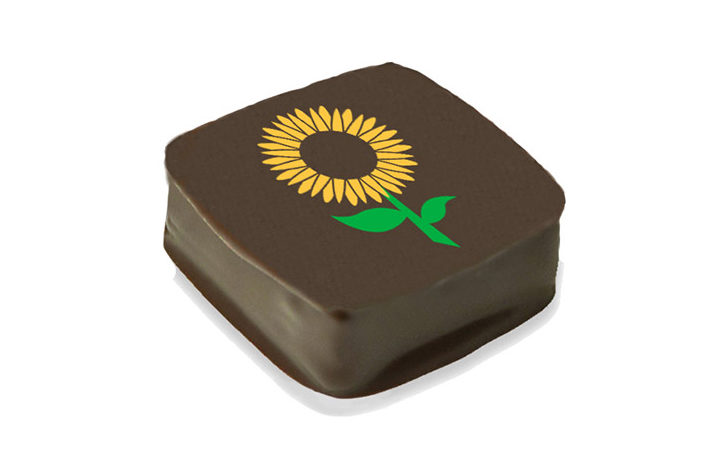During an online panel discussion with Crystal Mier and Paul Edward, the founders/owners of Chef Rubber, based in Las Vegas, the company owners reflected on Chef Rubber’s 25 years in business and how to leverage current trends in the cake decorating segment. The discussion was part of the FIT Symposium 2022 organized by Johnson & Wales University’s College of Food Innovation Technology.
Not only does Chef Rubber offer additives, colorants, ingredients, flavorings, literature, tools, and supplies, the company recognizes the importance of dependability, accuracy, and timeliness that world-class chefs and artists require from their vendors.
“Our story begins with silicone, cocoa butter, and two chefs wanting to change the meaning of artisan chocolates and pastry. Eight colors of cocoa butter and food grade silicone changed the world of confections and pastry. Twenty-five years later we’re still here, pushing the boundaries of color and inspiration,” Chef Rubber’s owners said. “It’s a lot of hours, and there are no days off, especially in the beginning.”
“From the beginning, we really tried to see what the market needed,” Edward added. “Our business continues to evolve as the market changes. Today, we have over 7,000 products.”
Supply constraints have emerged as a No. 1 challenge in the age of COVID, he explained, and Chef Rubber wisely had planned ahead for certain environmental concerns like shipping with cornstarch packing peanuts and using recycled materials.
“We just acquired a large solar panel system, and we are generating a lot of our own electricity,” Edward said. “We decided to be more self-sufficient. We have a facility in Las Vegas with super-efficient air conditioning and now a new Park City (Utah) distribution center.”
Staying ahead of marketplace trends remains a key focus of their operations. Plant-based options, for instance are a growing trend.
Chef Rubber food colors are available in multiple forms – from powder, to liquid, gel, and paste. Which to choose will depend on the dessert, confection or beverage that is being created. The two main categories in colors for the food industry are water soluble and fat dispersible (lakes and dyes). A water-soluble colorant works best when the water content in the recipe is higher than the fat content. The best example would be when making macaron batter – the most common selection is a gel or water-based powder color that is easily mixed with the water content in the egg whites. Similarly, a fat dispersible color added to a fat-bases product like chocolate will work significantly better than adding a water-soluble colorant.
The creative mind and pastry knowledge of the Chef Rubber founders have developed and launched a full line of natural colorants. These products are derived from vegetables, fruits, herbs, and spices. Chef Rubber has natural options in both water-based and fat-based colorants.
“Plant-based products are here to stay,” Edward said, “but I think you have to look at where you are located and who is your mix of clients. You need to respond to what your customers want.”




